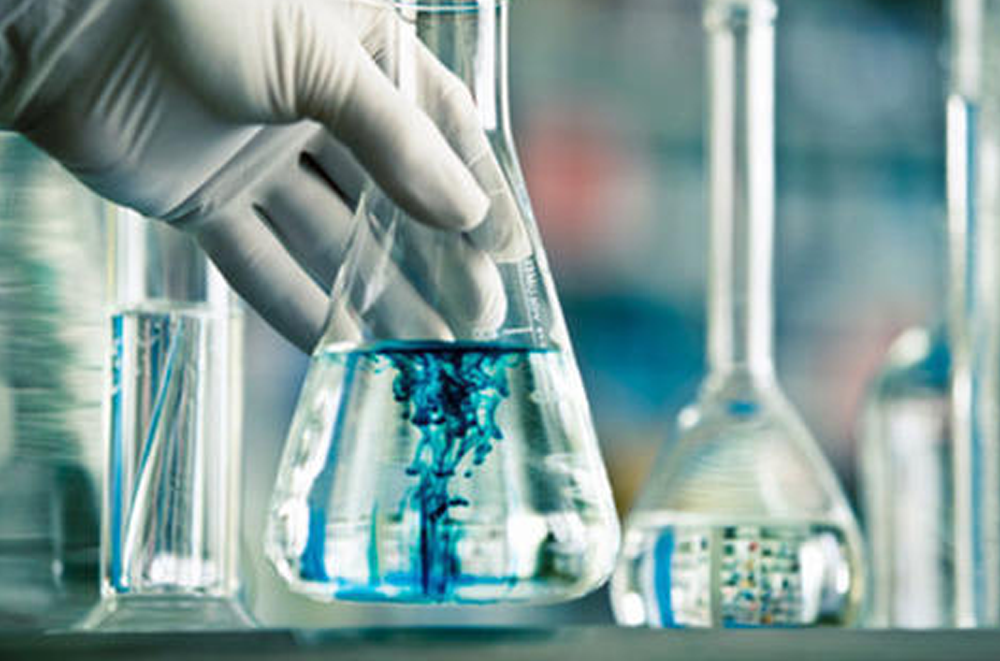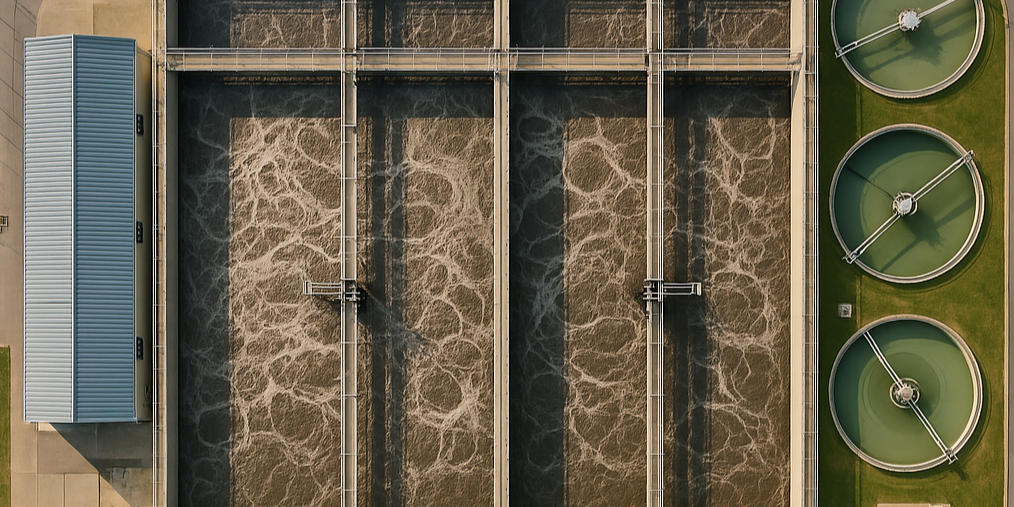Decoding the Chemistry: Unraveling the Chemicals Used in Effluent Treatment Plants
Introduction:
Effluent treatment plants (ETPs) play a vital role in safeguarding the environment by treating and purifying industrial wastewater before it is released into water bodies or returned to the environment. A critical aspect of ETPs involves the use of various chemicals to facilitate the removal of contaminants from the effluent. This article delves into the intricate world of chemicals employed in effluent treatment, their functions, and the importance of understanding their roles in ensuring effective wastewater treatment.

Understanding Effluent Treatment:
Effluent treatment is a multi-stage process designed to remove pollutants, toxins, and other harmful substances from industrial wastewater before it is discharged. The primary goal is to treat the effluent to a level where it meets regulatory standards and does not pose a threat to the environment or public health. Chemicals play a crucial role in different stages of this treatment process, aiding in the removal of suspended solids, organic and inorganic compounds, and pathogens.
Common Chemicals Used in Effluent Treatment Plants:
Coagulants:
Coagulants are chemicals that promote the aggregation of fine particles in wastewater, forming larger and heavier flocs that can be easily separated. Common coagulants include aluminum sulfate (alum), ferric chloride, and polyaluminum chloride. These chemicals neutralize the negative charges on particles, allowing them to come together and settle out of the water.
Flocculants:
Flocculants work in conjunction with coagulants and are used to enhance the agglomeration of particles into larger flocs. Polymers such as polyacrylamide are commonly used as flocculants. They create bridges between particles, encouraging the formation of larger and denser flocs that can be efficiently removed during sedimentation or filtration.
Neutralizing Agents:
In many industrial effluents, the pH levels are outside the permissible range. Neutralizing agents, such as lime (calcium hydroxide) or sulfuric acid, are employed to adjust the pH and bring it within the acceptable range. This is crucial as extreme pH levels can hinder the efficiency of subsequent treatment processes and lead to environmental harm.
Disinfectants:
Disinfectants are used to eliminate or control the growth of microorganisms in wastewater. Chlorine-based compounds, such as sodium hypochlorite, and alternative disinfectants like ozone and UV irradiation, are commonly employed. Disinfection is particularly critical when effluent is to be discharged into water bodies to prevent the spread of waterborne diseases and protect aquatic ecosystems.
Oxidizing Agents:
Oxidizing agents, like hydrogen peroxide or potassium permanganate, are used to break down organic pollutants in wastewater. They introduce oxygen into the effluent, facilitating the decomposition of organic compounds into less harmful byproducts. This process, known as chemical oxidation, is especially effective in treating industrial effluents rich in organic content.
Adsorbents:
Adsorbents, such as activated carbon, are utilized to remove dissolved organic compounds and trace contaminants from wastewater. Activated carbon has a high surface area and an affinity for organic molecules, making it an effective adsorbent. This process is particularly valuable in pharmaceutical and chemical industries where the effluent may contain complex organic compounds.
Precipitants:
Precipitants are chemicals that induce the formation of insoluble precipitates, facilitating the removal of specific ions from wastewater. For instance, calcium hydroxide is often used to precipitate out heavy metals like lead and cadmium. This method transforms soluble ions into solid particles that can be separated from the water.
Antifoaming Agents:
In certain industrial processes, foaming is a common issue that can hinder the efficiency of treatment processes. Antifoaming agents, such as silicones or non-ionic surfactants, are added to control foam formation and improve the overall performance of the treatment plant.
Importance of Chemicals in Effluent Treatment:
Enhanced Removal of Contaminants:
Chemicals play a pivotal role in enhancing the efficiency of physical and biological treatment processes by aiding in the removal of contaminants. Coagulants and flocculants, for example, assist in the sedimentation and filtration of suspended solids, ensuring clearer water.
Compliance with Regulatory Standards:
Regulatory bodies establish stringent standards for effluent discharge to protect the environment and public health. The use of specific chemicals helps industries achieve compliance with these standards, avoiding legal repercussions and contributing to responsible environmental stewardship.
Prevention of Environmental Pollution:
Proper treatment of industrial effluents prevents the release of harmful pollutants into water bodies, safeguarding aquatic ecosystems and preventing the contamination of drinking water sources. This is especially crucial in regions where water scarcity is a growing concern.
Protection of Infrastructure:
Unchecked discharge of untreated effluents can lead to the corrosion of pipes and infrastructure in the treatment plant and downstream systems. The use of appropriate chemicals helps mitigate corrosion and extends the lifespan of equipment.
Optimization of Treatment Processes:
Chemicals are instrumental in optimizing various treatment processes, ensuring that each stage operates at its maximum efficiency. This not only improves the overall effectiveness of the treatment plant but also contributes to energy savings and operational cost reductions.
Challenges and Considerations:
Chemical Residue:
The presence of residual chemicals in treated effluents can be a concern. Efforts must be made to ensure that the concentration of residual chemicals meets regulatory limits and does not pose a risk to the environment or downstream users.
Selection of Appropriate Chemicals:
The selection of chemicals should be based on the specific characteristics of the industrial effluent. Using inappropriate or excessive chemicals can lead to inefficiencies, increased costs, and environmental harm.
Monitoring and Control:
Continuous monitoring of effluent quality and the dosage of chemicals is crucial to maintain optimal treatment performance. Automated systems and advanced monitoring technologies help in achieving precise control and responding promptly to any deviations.
Waste Generation:
The handling and disposal of chemical sludge or waste generated during the treatment process require careful consideration. Sustainable practices, such as the recovery of valuable byproducts from waste, should be explored to minimize environmental impact.
Conclusion:
Effluent treatment plants are indispensable in mitigating the environmental impact of industrial activities, ensuring that wastewater is treated to meet stringent regulatory standards. The use of chemicals in these treatment processes is both an art and a science, requiring a nuanced understanding of the specific characteristics of industrial effluents. As industries strive for sustainable practices and environmental responsibility, the judicious use of chemicals in effluent treatment remains a cornerstone in achieving effective wastewater management. By continually innovating and refining chemical treatment processes, industries can strike a balance between operational efficiency, compliance with regulations, and the protection of our precious water resources.




